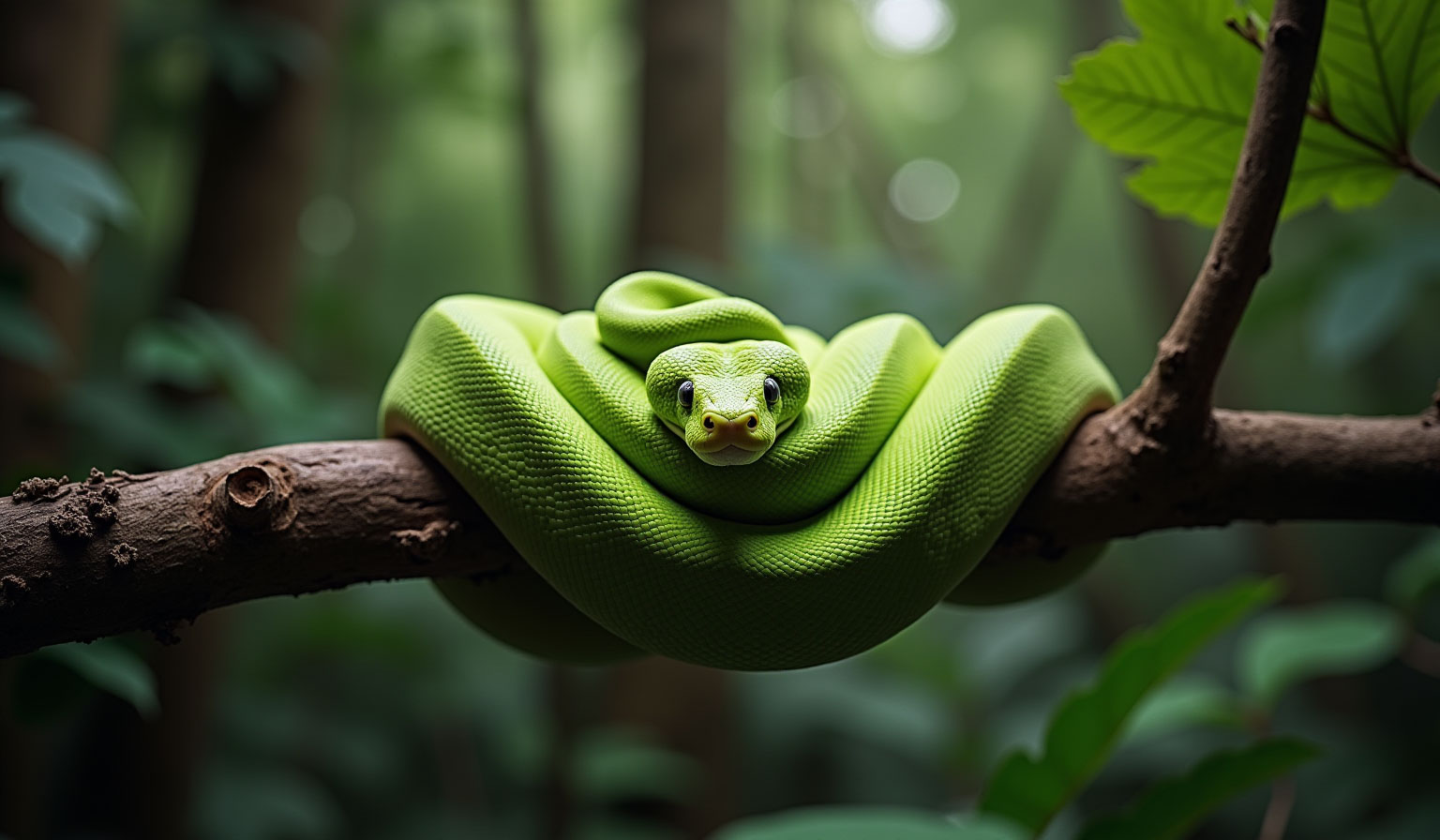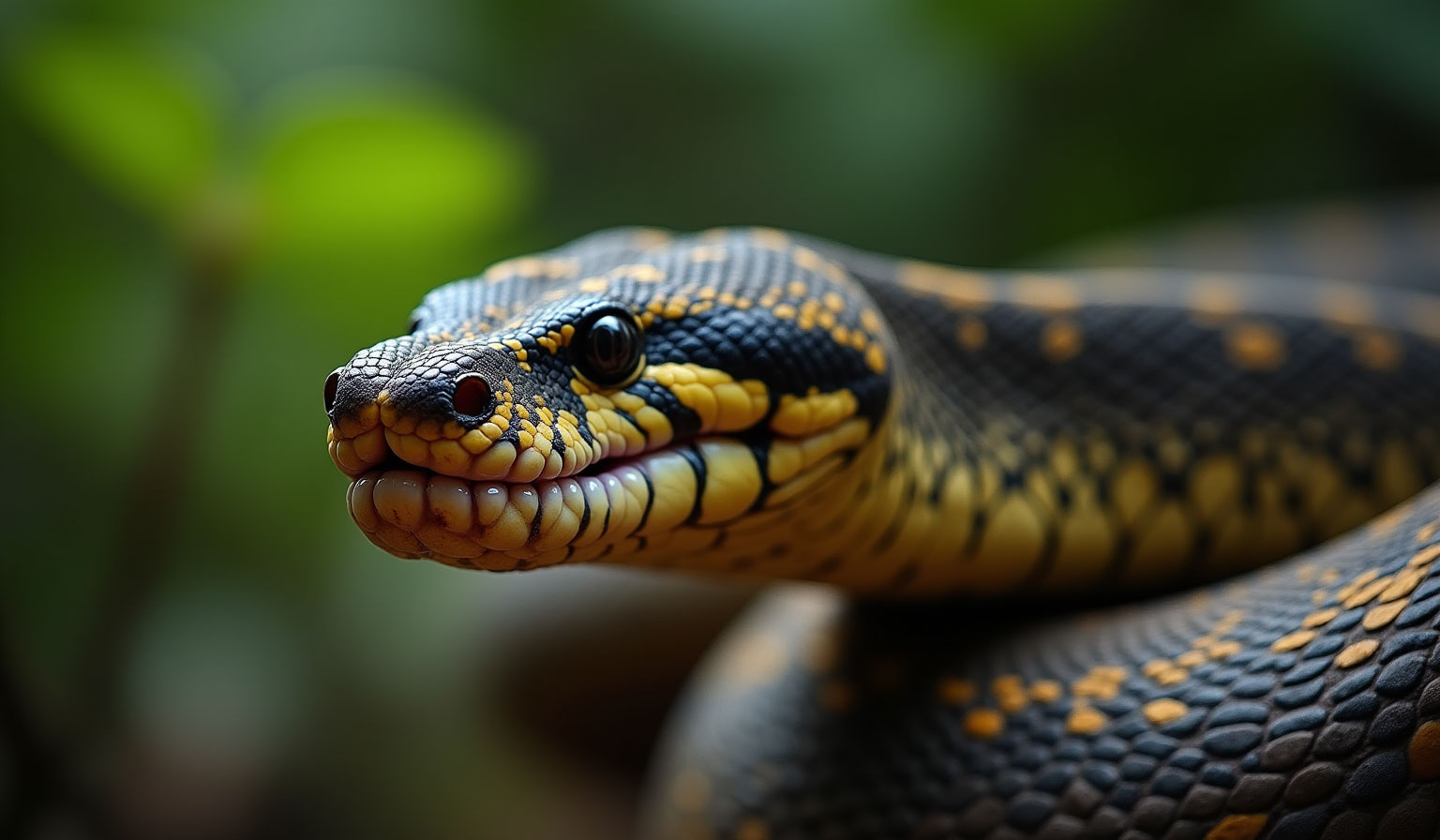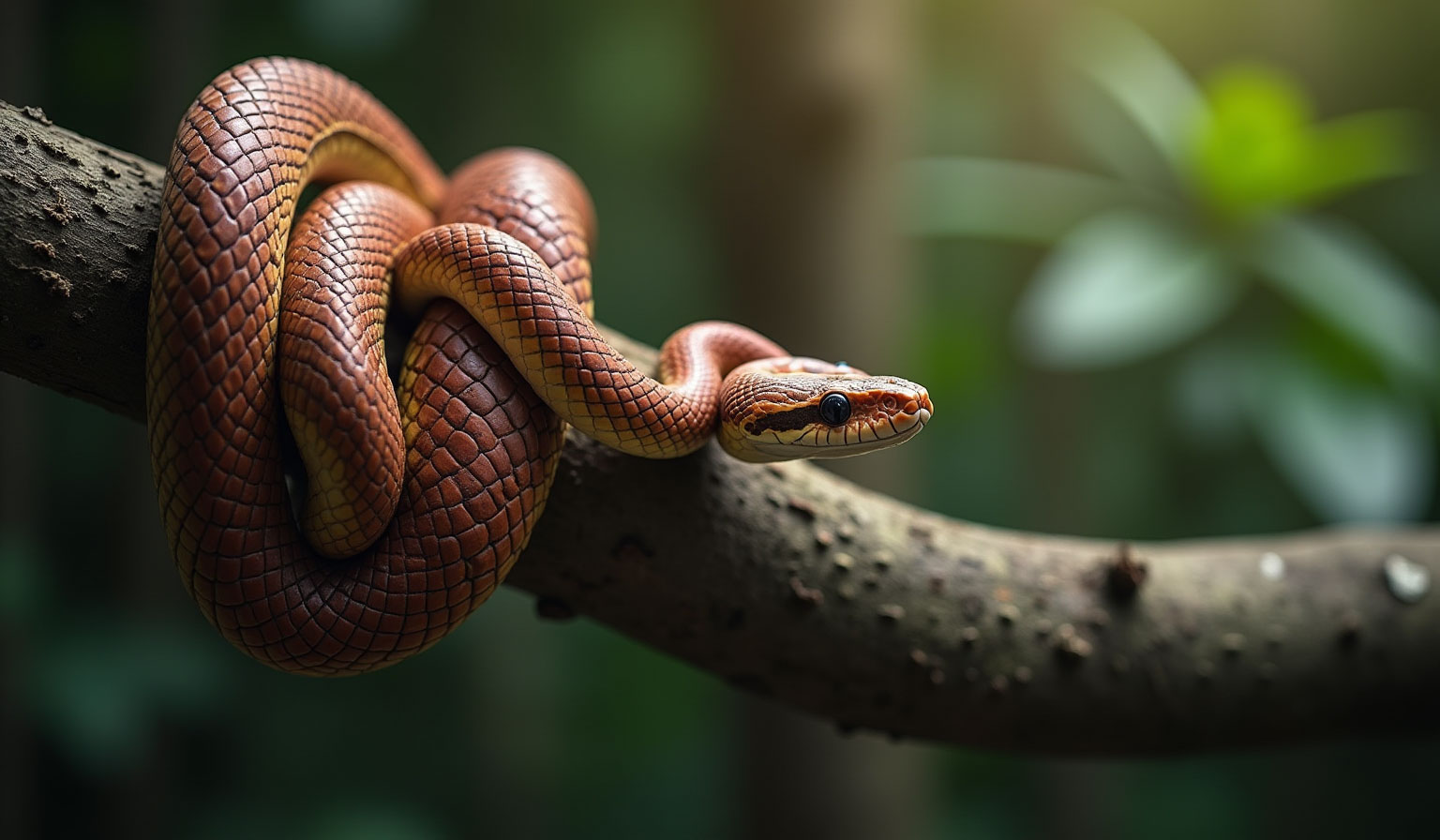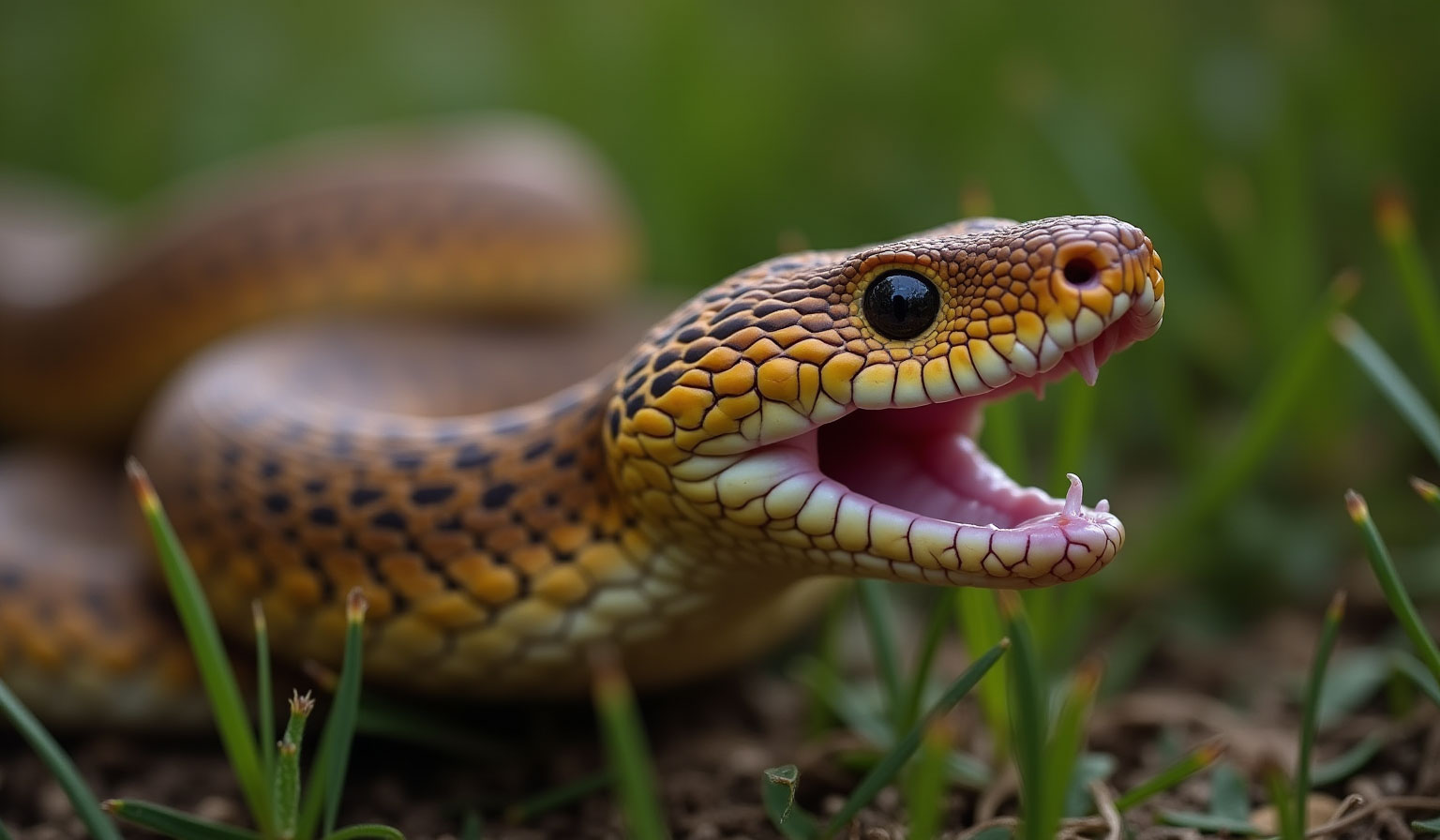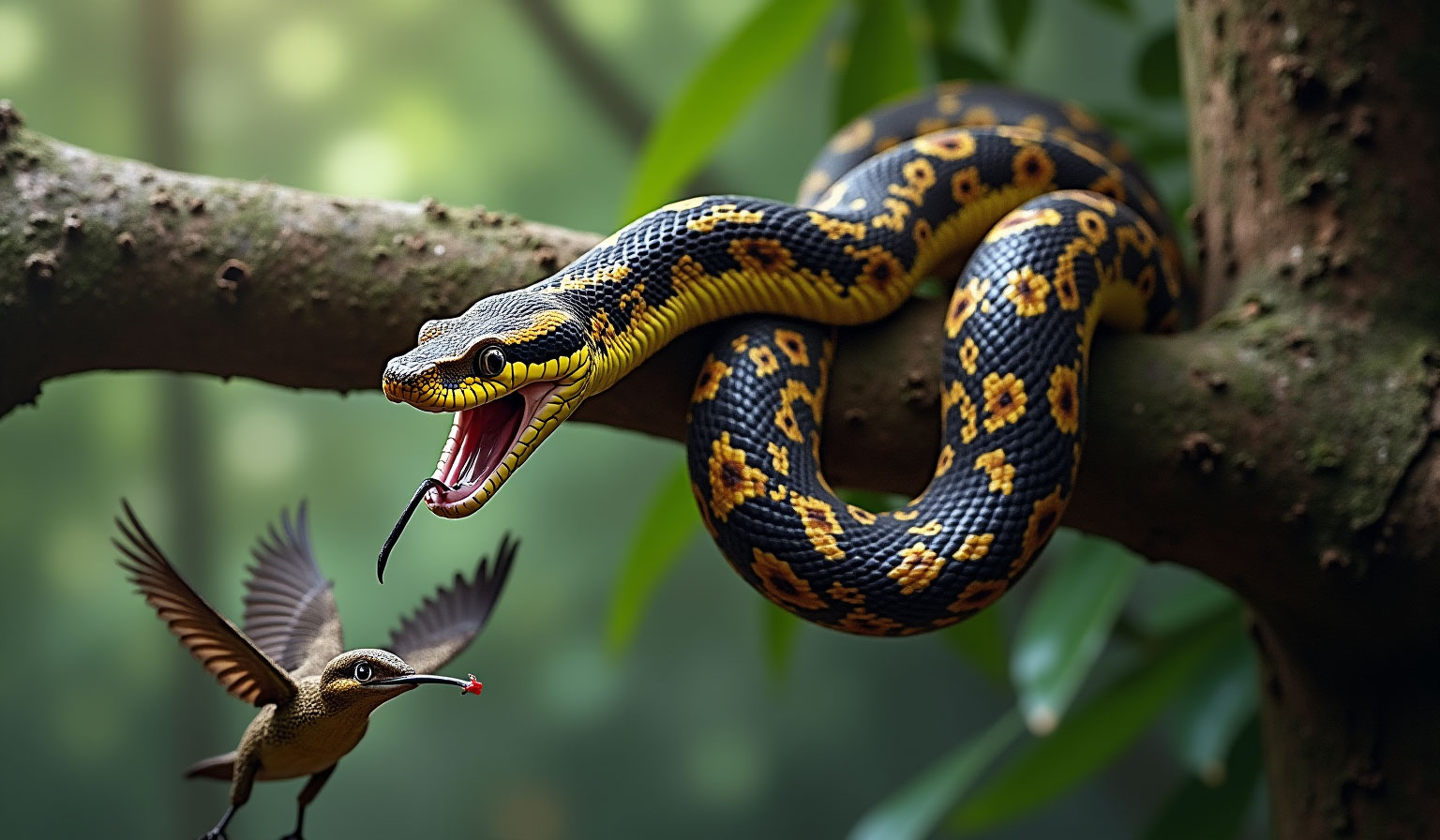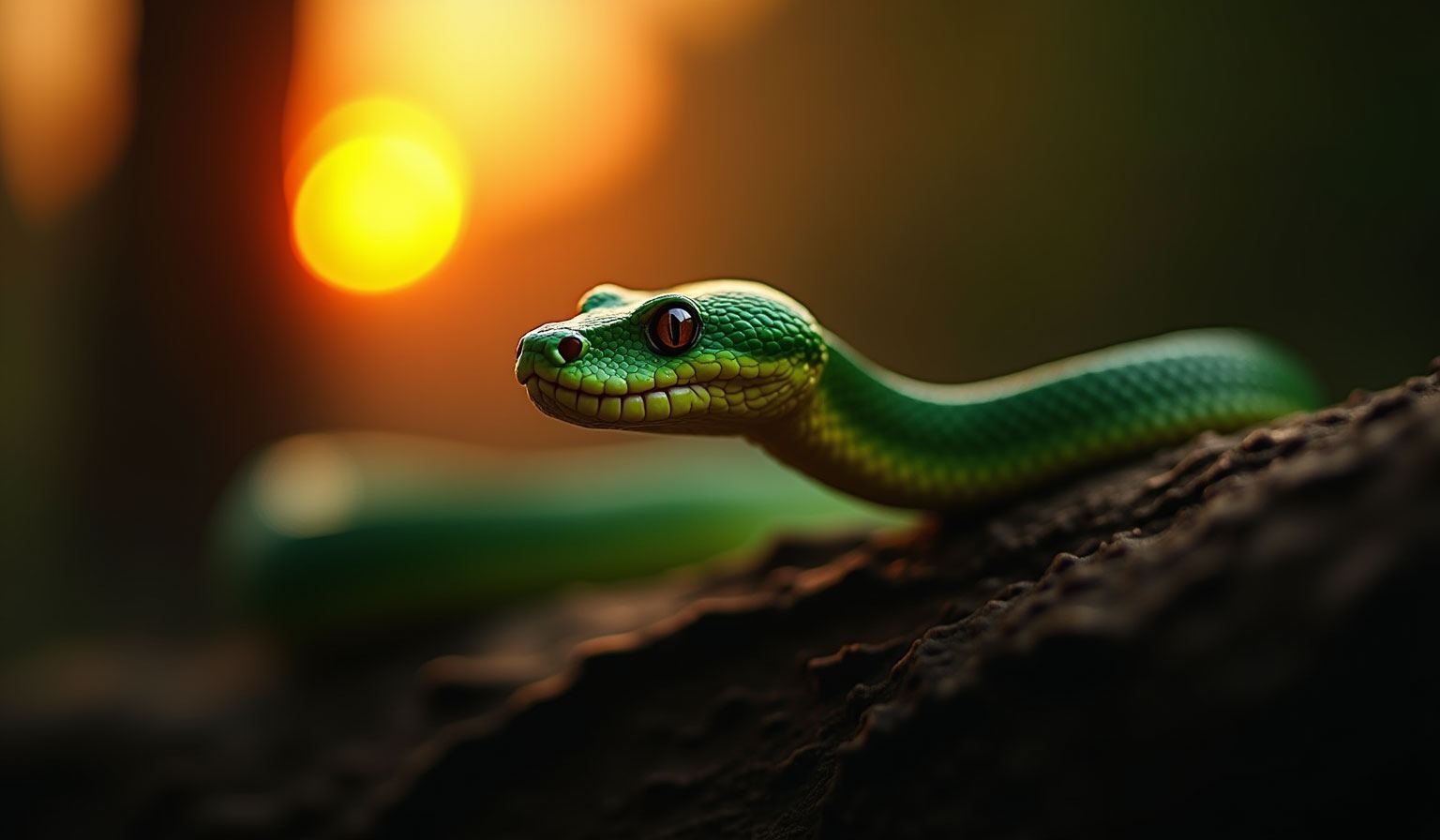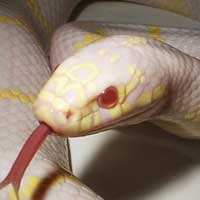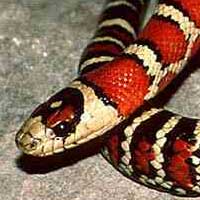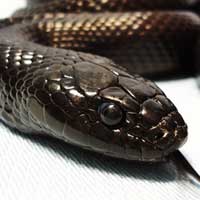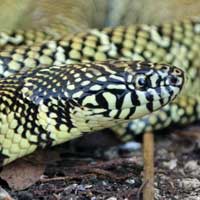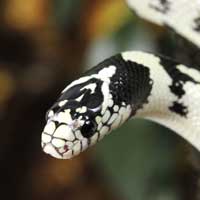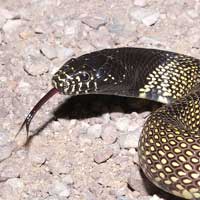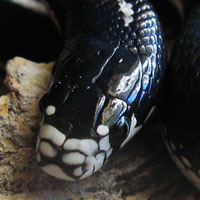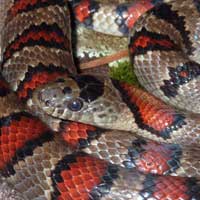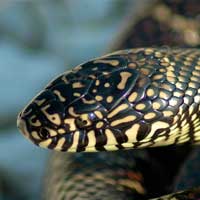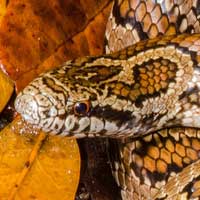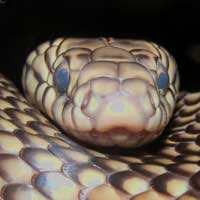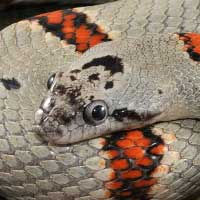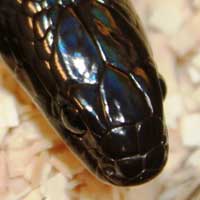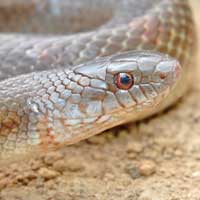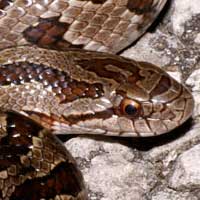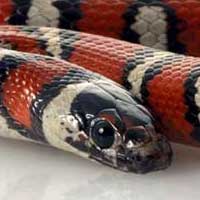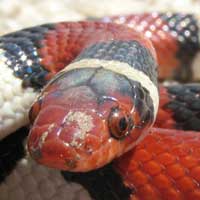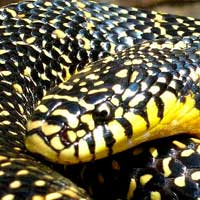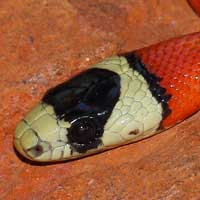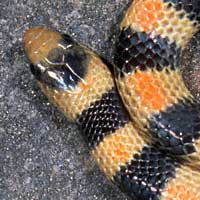Kingsnakes: A Comprehensive Guide
The scientific name for kingsnakes is Lampropeltis spp. (The genus Lampropeltis encompasses several species, including the California kingsnake (Lampropeltis californiae), Eastern kingsnake (Lampropeltis getula), and others.)
Kingsnakes belong to the snake family Colubridae, which is the largest family of snakes and includes many non-venomous species.
Scientific Name: Lampropeltis spp
Snake Family: Colubridae
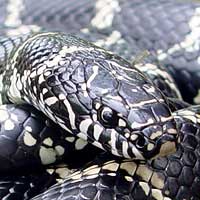
Introduction
Kingsnakes are some of the most remarkable reptiles, celebrated for their adaptability, striking patterns, and unique behaviors. These non-venomous snakes are known for their ability to thrive in various environments and their role as natural pest controllers. Whether you’re a snake enthusiast, a potential pet owner, or simply curious about these fascinating creatures, this guide will cover everything you need to know about kingsnakes.
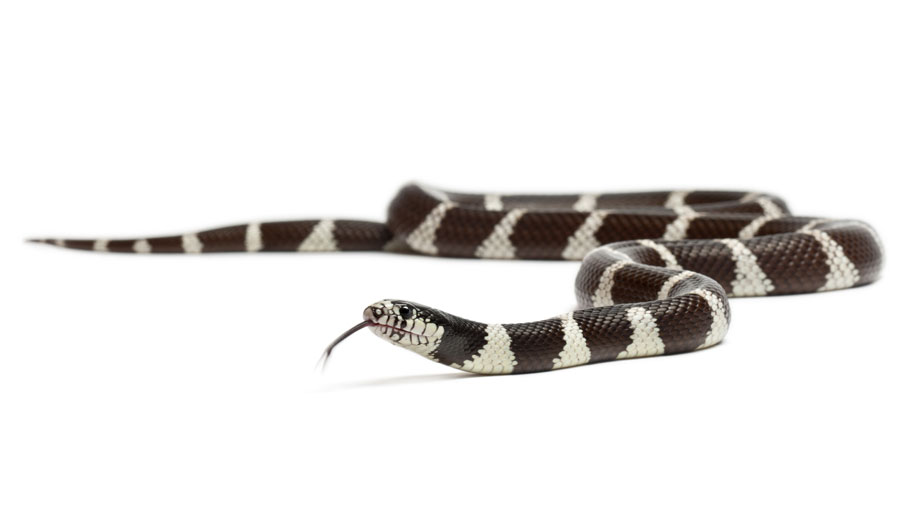
Kingsnakes Habitat
Kingsnakes can be found across North America, inhabiting a wide range of environments. From deserts and forests to grasslands and swamps, these snakes have an impressive ability to adapt to diverse conditions.
Habitat Comparison Table
| Habitat Type | Description | Geographic Range |
| Deserts | Sandy or rocky areas, sparse flora | Southwestern United States |
| Forests | Dense woodlands, moderate humidity | Eastern and Southeastern United States |
| Grasslands | Open plains with sparse vegetation | Central United States |
| Wetlands | Marshes and swampy areas | Southeastern United States |
Kingsnakes’ ability to adapt makes them resilient and widespread, thriving in environments with varied temperatures and prey availability.
Kingsnake Diet and Feeding
Kingsnakes are opportunistic feeders, consuming a variety of prey. They are constrictors, meaning they coil around their prey to subdue it before consuming it whole. Interestingly, kingsnakes are immune to the venom of other snakes, enabling them to prey on species like rattlesnakes.
Common Prey Items
-
Rodents: Mice and rats
-
Other snakes: Including venomous species
-
Birds and Eggs: Ground-nesting species are common targets
-
Reptiles and Amphibians: Lizards and frogs
By controlling rodent and snake populations, kingsnakes play a vital role in maintaining ecological balance.
Kingsnake Behavior and Temperament
Kingsnakes are known for their calm and docile temperament, making them a favorite among snake enthusiasts. When threatened, they may hiss, vibrate their tails, or flatten their heads to appear larger. Despite these displays, they are non-venomous and pose no danger to humans.
In the wild, kingsnakes are solitary creatures, active during the day in cooler weather and becoming nocturnal in hotter climates. Their inquisitive and adaptive behavior makes them fascinating to observe.
Kingsnake Health and Lifespan
Kingsnakes are hardy reptiles, often living 15-20 years in captivity with proper care. In the wild, their lifespan averages around 10-12 years due to predation and environmental factors.
Here’s an overview of average lifespans for different python species:
| Health Issue | Symptoms | Prevention |
| Respiratory Infections | Wheezing, open-mouth breathing | Maintain proper humidity and temperature |
| Parasites | Weight loss, lethargy | Regular health check-ups |
| Shedding Problems | Retained skin, irritation | Provide adequate humidity |
Ensuring proper husbandry and regular veterinary visits can help kingsnakes lead long, healthy lives.
Kingsnake Reproduction
Kingsnakes are oviparous, meaning they lay eggs. Mating typically occurs in the spring, with females laying clutches of 5-20 eggs. The eggs are incubated for approximately 60-75 days before hatching.
Reproductive Facts
-
Breeding Season: Spring and early summer
-
Egg-Laying: Occurs 4-6 weeks after mating
-
Incubation Temperature: 80-85°F
Understanding these reproductive habits is essential for conservation efforts and captive breeding programs.
Kingsnake Handling and Care
Kingsnakes are relatively easy to handle and care for, making them ideal pets for beginners and experienced keepers alike. They tolerate handling well but should be approached calmly to avoid stress.
Tips for Proper Care
-
Enclosure: Minimum 20-gallon tank with secure lid
-
Temperature Gradient: 75-85°F with a basking spot
-
Diet: Feed appropriately sized prey every 7-10 days
-
Substrate: Aspen shavings or newspaper
Providing a clean, secure, and enriching environment is key to a healthy kingsnake.
